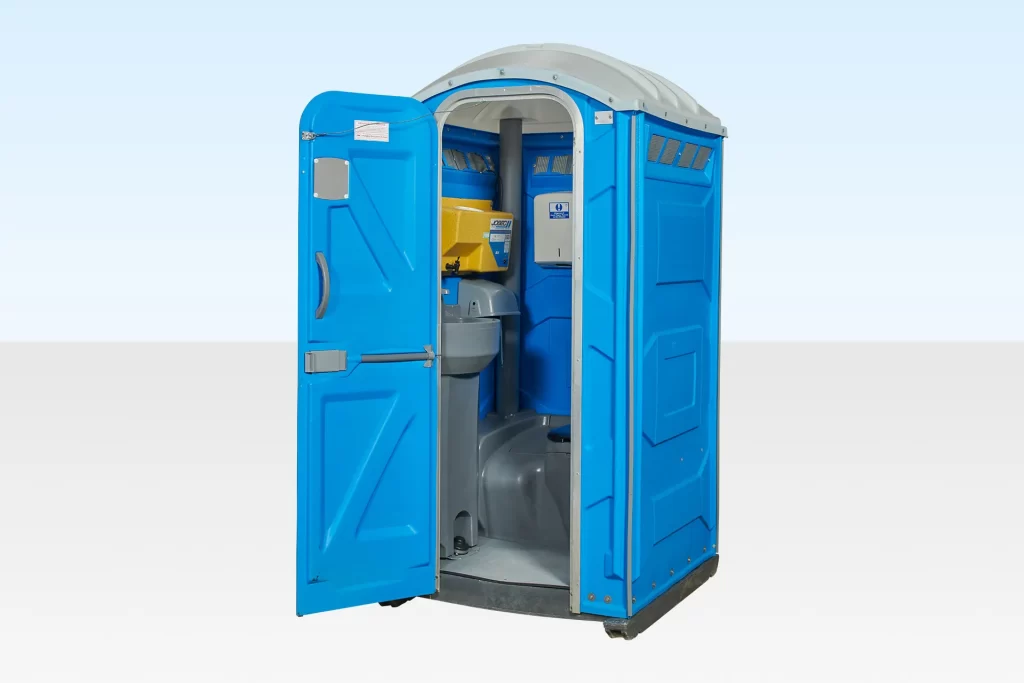Key Elements of Effective Script Analysis Techniques
Effective script analysis techniques are essential tools for actors, directors, and playwrights alike, providing invaluable insights into character development, narrative structure, and thematic depth. By employing a variety of analytical approaches, practitioners can unlock the layers of a script, gaining a deeper understanding of its nuances and complexities. Here are some key elements of effective script analysis techniques
Textual Analysis – At the heart of script analysis lays a thorough examination of the text itself. This involves dissecting dialogue, stage directions, and any other written elements to uncover underlying meanings, character motivations, and thematic threads. Close attention is paid to the language used, including word choice, rhythm, and tone, which can offer clues about character psychology and relationships.
Character Study – Understanding the characters is fundamental to bringing a script to life. Effective script analysis involves delving into the backgrounds, traits, and arcs of each character, identifying their goals, obstacles, and transformations throughout the story. Actors may use techniques such as character mapping, creating backstories, and exploring psychological motivations to fully inhabit their roles.
Dramatic Structure – Analyzing the structure of a script helps to identify its narrative framework and pacing. This includes examining the inciting incident, rising action, climax, and resolution, and any subplots or thematic throughlines. By understanding how the story is constructed, practitioners can better anticipate dramatic beats, plot twists, and character developments, enhancing their interpretation and performance.

Theme and Subtext – Effective script analysis goes beyond surface-level plot points to uncover deeper themes and subtextual layers. This involves identifying recurring motifs, symbolic imagery, and underlying messages embedded within the text. By exploring themes such as love, power, identity, or morality, practitioners can enrich their interpretation and offer audiences a more profound theatrical experience.
Contextual Considerations – Scripts do not exist in isolation but are influenced by a variety of cultural, historical, and social factors. Effective analysis takes into account the broader context in which a play was written or set, considering factors such as the playwright’s background, cultural references, and the intended audience. Understanding the context allows practitioners to appreciate the nuances of the script and make informed creative choices.
Practical Application – Ultimately, effective script analysis is not just an intellectual exercise but a practical tool for theatrical production. Screenplay Report analytical insights are applied to rehearsals, blocking, staging, and performance choices, guiding actors in constructing authentic performances and directors in shaping the overall production. By grounding theory in practice, script analysis becomes a dynamic process of discovery and interpretation.
In conclusion, effective script analysis techniques encompass a range of approaches, from textual analysis and character study to thematic exploration and collaborative exploration. By engaging with these key elements, practitioners can unlock the rich layers of a script, deepen their understanding of its complexities, and realize its full potential onstage. Whether interpreting a classic play or a contemporary work, the insights gleaned from script analysis serve as a foundation for creative expression and artistic excellence in the theatrical arts.



